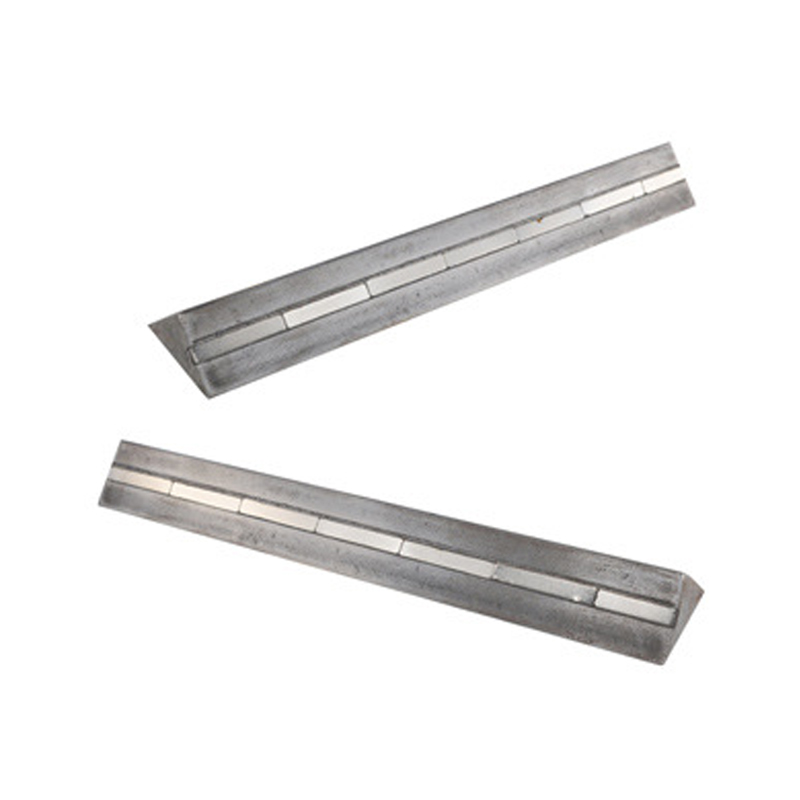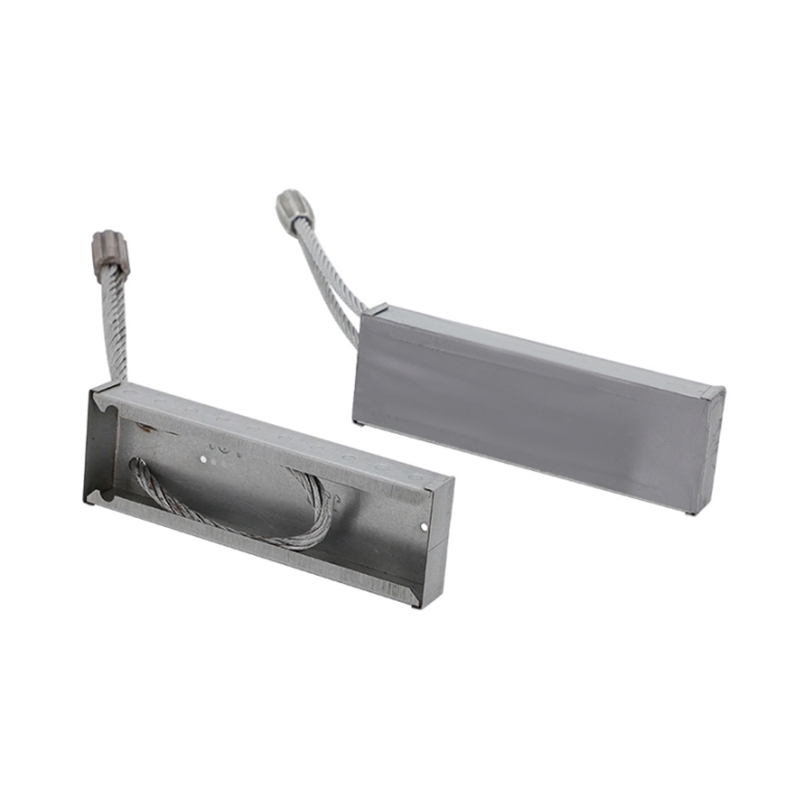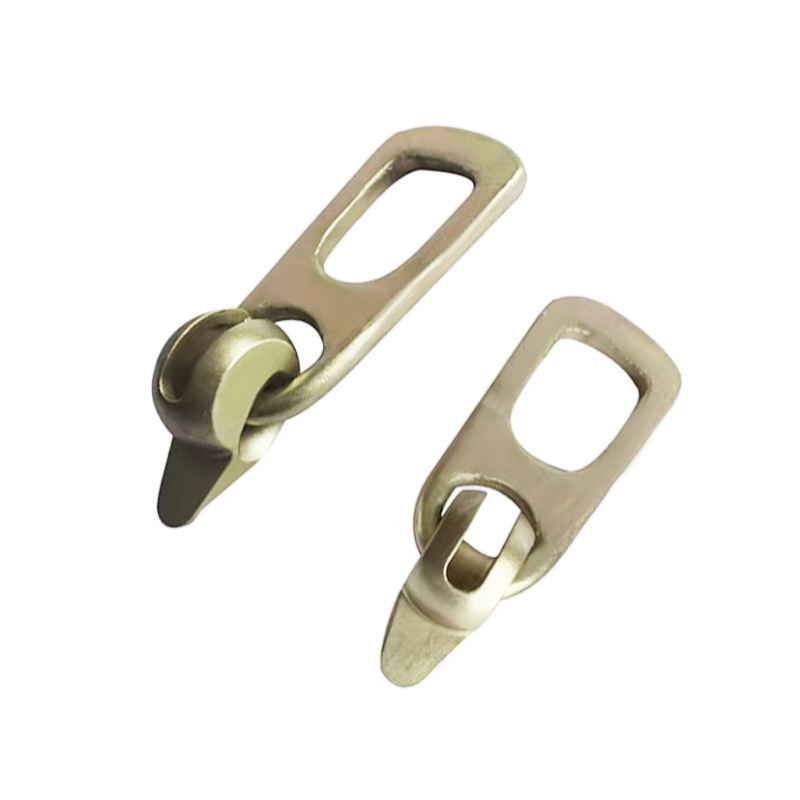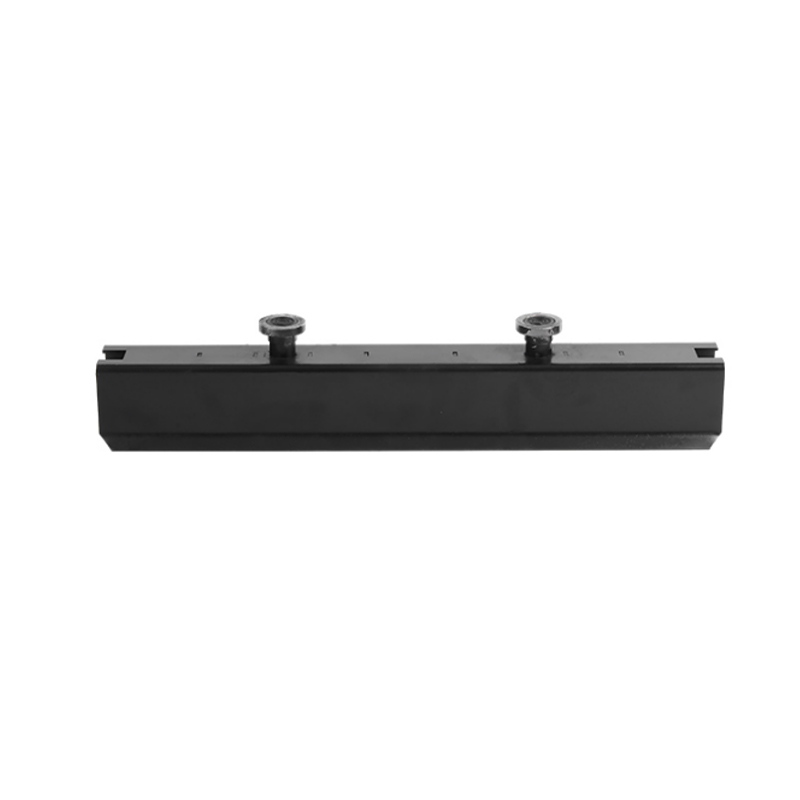When selecting a shuttering magnet, it is indeed necessary to check whether it has a protective coating, as the protective coating plays a critical protective role in practical use. shuttering magnets are usually made of high-strength magnetic materials such as neodymium iron boron. Although these materials have strong magnetic force, they have poor resistance to the environment and are particularly susceptible to the effects of water vapor, moisture, acidic and alkaline substances, and other corrosive factors. Once the surface of the magnet is exposed to these environments, oxidation and corrosion are highly likely to occur, leading to the loss of magnetism, structural rupture, and even complete failure of the magnet.
The presence of protective coatings can effectively block the contact between air and moisture and magnetic materials, extending the service life of magnets. Common coating materials include epoxy resin, nickel coating, zinc coating, or plastic coating. These coatings not only provide rust and corrosion prevention functions, but also enhance the wear resistance and impact resistance of magnets, allowing them to maintain good condition under complex working conditions. For example, when using shuttering magnets in concrete construction, damp construction sites, or outdoor environments, magnets with high-quality protective coatings can better cope with extreme weather and working conditions, ensuring long-term stable operation.
The protective coating can also enhance the surface strength of the magnet, preventing damage due to collisions during installation, disassembly, or transportation. Especially in scenarios of repeated use, if the magnet lacks effective coating, its surface is prone to scratches, chipping, and even exposure of magnetic materials, further accelerating its wear and tear.









